Challenges to Digital Workplace and Digital Alignment
Even though the COVID pandemic continues, the number of vaccinations is growing globally, and distancing restrictions are being lowered or removed completely. Local and internal travel is approaching pre-pandemic levels. People are actively planning their next vacations.
Business leaders have begun openly putting pressure on employees to return to the office full-time. They have become very vocal regarding their upcoming changes in work policy.
One anonymous manager bluntly said: "If you feel safe enough to spend Friday and Saturday night with your friends at the pub, then there is no excuse to not return to the office".
It is a rather complex and volatile topic. After nearly two years of working in what can be called isolation, it is tough to convince employees that a mandated "back to the office" is indeed a requirement. Many employees have gotten used to their newly found freedom, enjoying their flexibility to work when, how, and from where they want.
In this article, you will get closer to the "full time in the office" – "fully remote" – "hybrid" debate and uncover the digital workplace challenges due to moving back to the office. We will reexamine the need for Digital Workplace and Digital Alignment in today's reality.
Is Work from Home Still an Option?
The first fundamental question is whether a remote/hybrid model is still possible across different workforce sectors. According to a recent report, only 25% of specialists can perform their job remotely. The ability to work effectively from home heavily depends on how much face-to-face interaction is required and what kind of work is being fulfilled. Secure, reliable, and cost-effective operations are essential, regardless of the chosen work model.
The table below clearly shows the relationship between these two primary factors.
Who Can Work from Home?
While only about 25% of the workforce can be fully remote, 56% can work in a hybrid model. One of the biggest digital workplace challenges is the remaining 19% who are not eligible to work entirely from home because of the work being performed. So now we need to ask another question: "If we decide to return to a standard in-office working model, does Digital Alignment and the Digital Workplace still makes sense for team productivity?"
Fully Remote or Hybrid?
If remote employment is not an option, does it make sense to work in a hybrid mode? With this scenario, a specialist can complete the tasks that require physical presence at the office, doing the rest from home.
More than one-half of respondents that are currently fully remote see a hybrid model as the best compromise:
Based on the results published in Microsoft's 2021 Work Trend Index Annual Report, people would like to combine the best of remote and in-office modes:
- Over 70% of workers expect flexible remote work options to continue.
- Over 65% are seeking for more in-person time with their teammates.
The statistics show that both forms of employment are more or less equally popular among specialists who can do their job outside of the physical office. In the perfect scenario, those who require in-person contact with a team or clients should be able to work in a hybrid mode. At the same time, people who can perform well remotely should not be obliged to attend the office. The biggest challenge with digital workplace is creating comfortable environment for combining both modes – remote/hybrid and in-office.
How Does Remote Affect Employees?
The freedom of choosing “where, when, and how” to work in a fully remote model may sound like paradise to most of us. However, remote workers experience their own challenges, as shown at the latest Statista report:
Top Employees' Challenges of Remote Work
Microsoft completes the Statista results by its findings:
- 42% of employees have the shortage of essential office supplies while working remotely
- 10% have poor internet connection to do their job
- Only 50% say their employers helps compensate the expenses for remote work.
A handful of productivity signals quantify the digital exhaustion workers feel because they are never disconnected from work: 54% of remote workers feel overworked, 39% feel exhausted. Digital overloads get higher in the remote work environment.
Remote Work and Digital Overload
Material and psychological disadvantages that employers should address to engage and retain their teams in the long run and prevent heavy employee turnover cause additional digital workplace challenges. It's essential to investigate the specialists' expectations of how the work should be organized and adequately adapt to the vital requirements.
What Do Workers Want?
A recent article published by Forbes magazine clearly shows that the fully remote or hybrid work model is still vastly preferred over the "Fully In Office" model. This statement is fair for the positions that can be handled without an office presence.
Employee Work Locations for Remote-Capable Positions
Any business relies on talent. The level of employee satisfaction with the working conditions is one of the critical success factors for any organization. So, how do the company leaders plan to address these digital workplace challenges due to desired 'flexibility' mood among hired specialists?
What Are Leaders Planning?
The COVID pandemic is far from over. Yet, business leaders begin to insist on returning the workers to in-office work. In April 2022, Elon Musk, Tesla leader and co-founder, released an email to employees that stated the following:
"Everyone at Tesla is required to spend a minimum of 40 hours in the office per week,"… "If you don't show up, we will assume you have resigned... The more senior you are, the more visible your presence must be".
In January and February 2022, Microsoft surveyed over 31thousand workers worldwide for its research about hybrid work model. According to this research, 50% of companies want workers back in office five days a week–why experts say this strategy could fail. It also states that about 50% of leaders say their company already requires or is planning to require employees to return to in-person work full-time in the next year.
Some savvy business leaders understand that demanding a "full time in office" work arrangement is not sustainable for those employees where the remote/hybrid work model fits. Therefore, 66% of business decision-makers consider adapting physical spaces to hybrid work environments.
Global Talent Accessibility
A change in the global talent pool is one of the most significant shifts caused by remote/hybrid work. Flexibility in hiring talent from anywhere is the key motivating factor for business leaders to manage the digital workplace challenges and offer comfortable remote employment terms to candidates. Remote work solutions help significantly extend the pull of potential candidates:
- 38% of remote workers are planning to move to a new location next year because they can now work remotely. It allows talent to spread to new areas.
- 43% of global workforce will likely consider leaving their current employer within the next year to work in a more flexible organization. The number is even higher for Gen Z and Millenials (52%).
- Remote job postings on LinkedIn increased more than eleven times between March 2020 and January 2022.
- 46% are planning to make a significant pivot or career change. The way companies approach the future, embracing the positives and learning from last year's challenges, will impact who stays, who goes, and who ultimately seeks to join a company.
What do all these statistics mean for employees and employers? Remote jobs allow specialists to build their careers independently of their location. For many specialties, physical location is no longer a decisive factor in accepting a job offer. Those who cannot apply for an office job get a great chance to build a successful career as remote employees.
At the same time, companies can discover and hire talent from all over the world if offering remote jobs instead of in-office. The ability to arrange effective remote teamwork is the biggest challenge with digital workplace for companies to bring the desired results and satisfy specialists in the long run.
Final Words: Is There a Way to Make Everyone Happy?
The last two years have proven that working remotely for particular groups is no longer a "grand experiment", and employees are at an inflection point. Not all jobs are suitable for off-site work. Retaining top talent and recruiting new talent from a global pool demands companies to reevaluate the needs of both the employee and the organization.
Organizations that are willing to acknowledge the ever-changing needs of their employees and adapt to them will not struggle as much as those that are unwilling to do so. COVID, monkeypox, and the war in Ukraine are recent examples of scenarios that could not have been envisioned or planned for ahead of time. New challenges are sure to arise in the future. A flexible workforce, flexible work location, access to a global resource pool, and flexible work environment will hedge against this kind of business interruption.
Properly implemented and executed, the Digital Workplace and Digital Alignment provide the best platform to meet the fundamental needs of both employees and companies. Employees enjoy the flexibility they are striving for, and businesses reduce their exposure to excessive employee turnover and the impact of external factors they cannot control. The key digital workplace challenges include providing win-win transparency, collaboration, smooth and secure data sharing across the organization, and healthy team productivity. At Infopulse, we designed a range of digital workplace and remote work solutions that effectively address these challenges. We are ready to assist you with arranging efficient remote work environment for your organization.
![Digital Alignment Challenges [banner]](https://www.infopulse.com/uploads/media/banner-1920x528-challenges-to-digital-alignment-and-digital-workplace.webp)
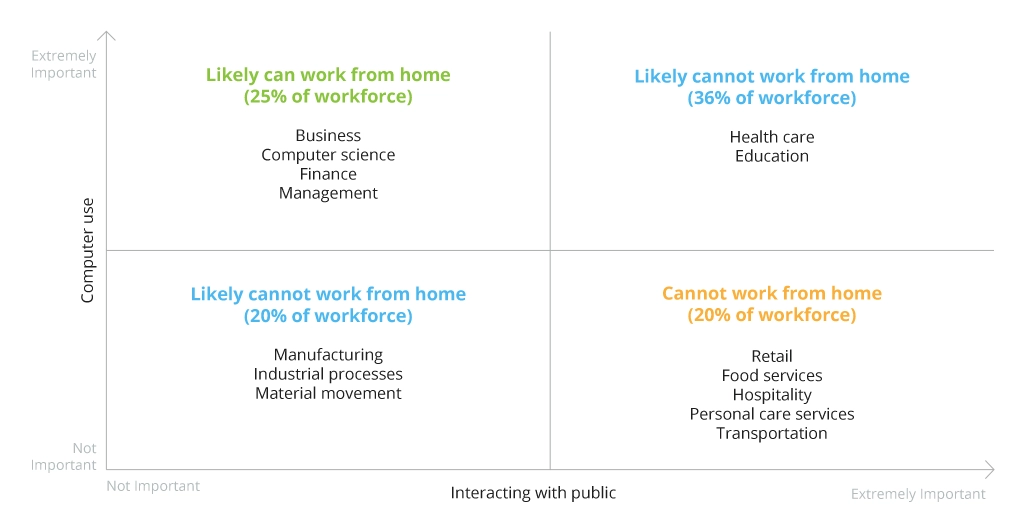
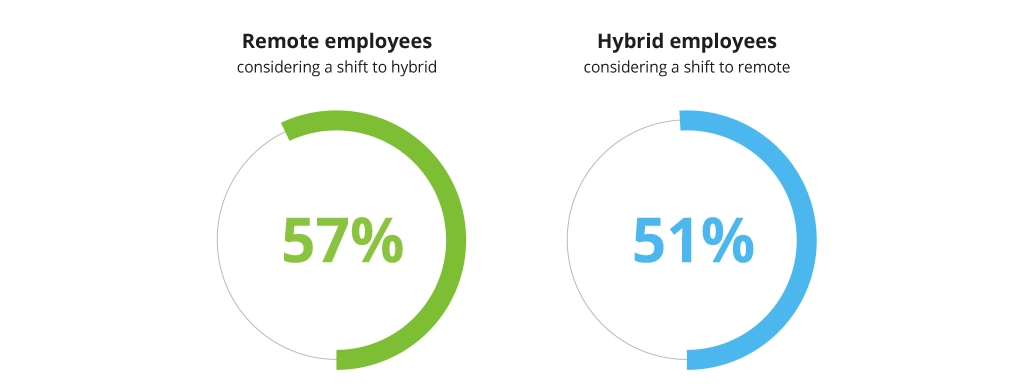
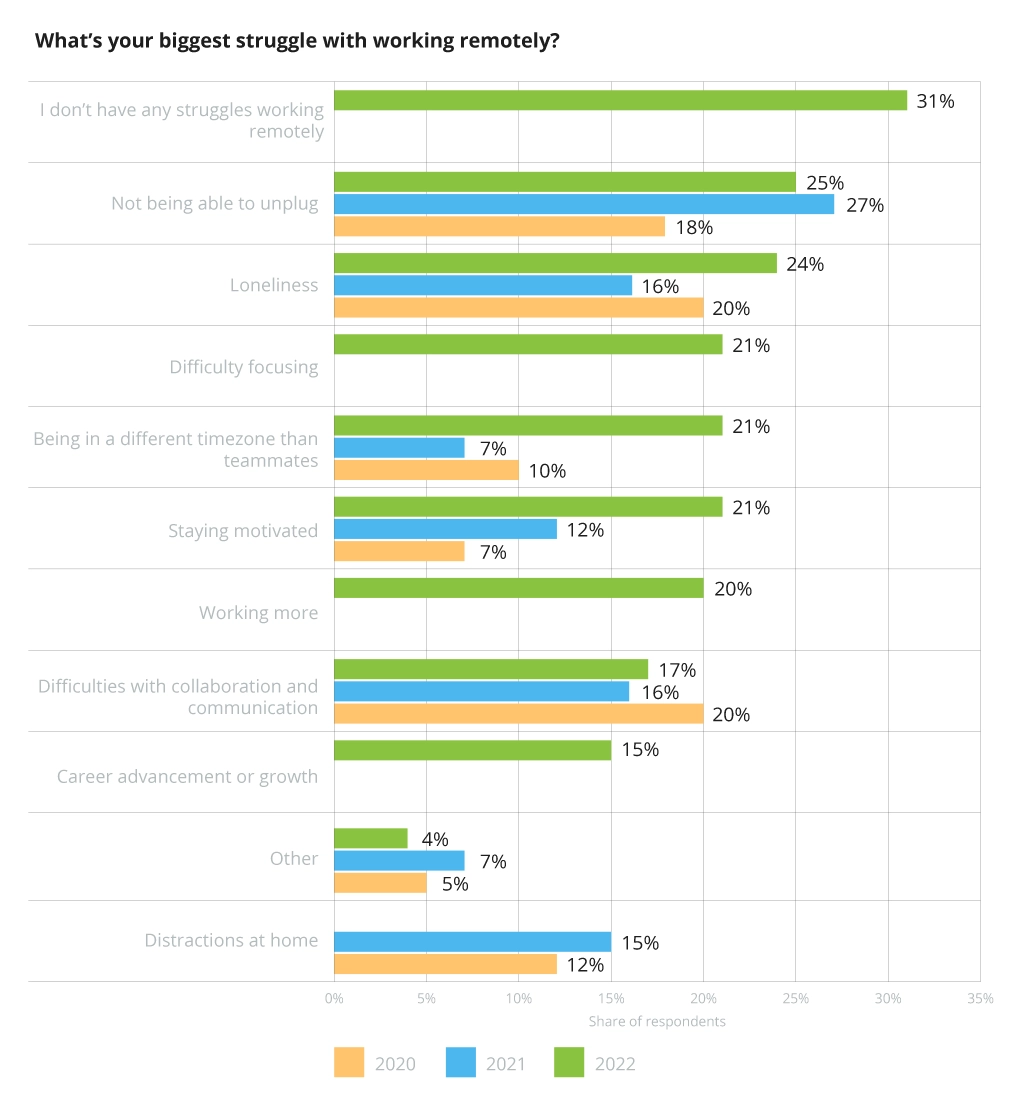
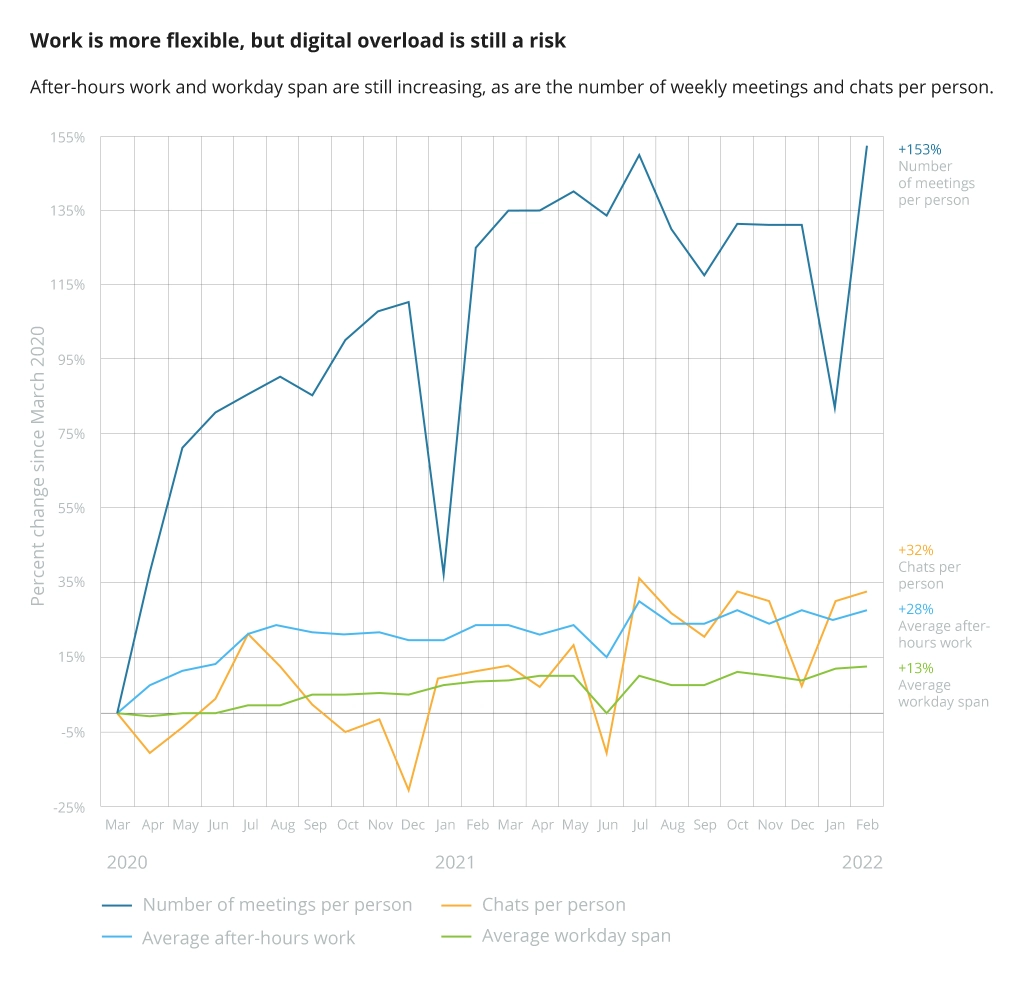

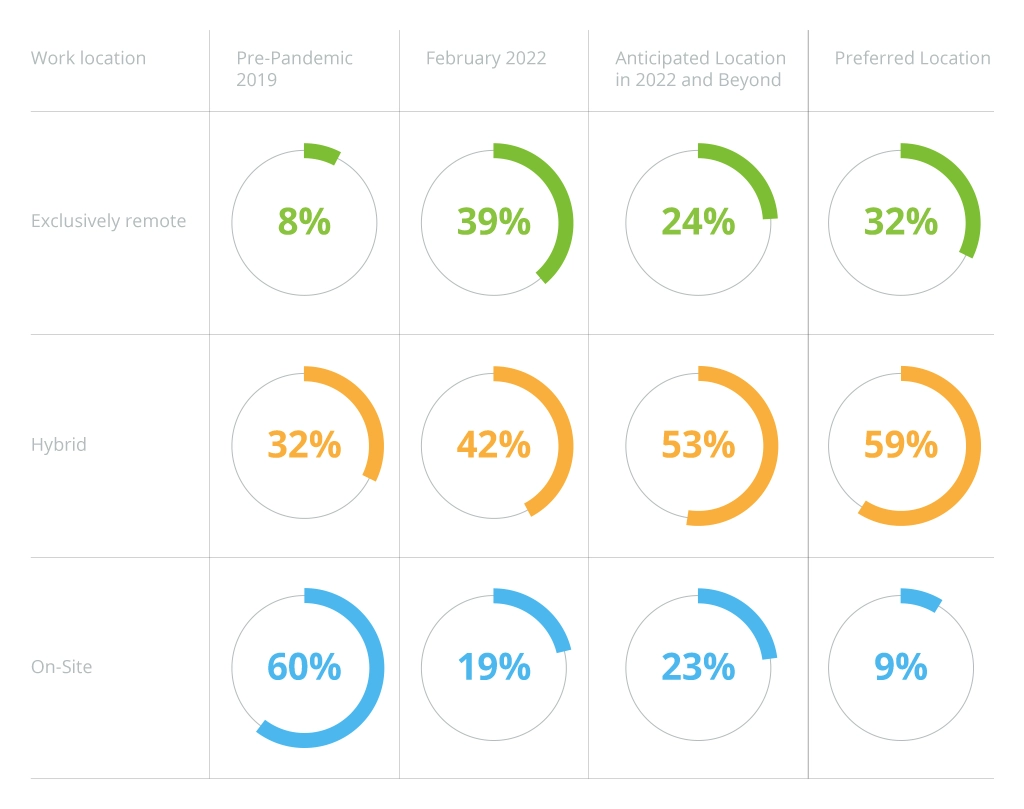


![CX with Virtual Assistants in Telecom [thumbnail]](/uploads/media/280x222-how-to-improve-cx-in-telecom-with-virtual-assistants.webp)
![Power Apps Licensing Guide [thumbnail]](/uploads/media/thumbnail-280x222-power-apps-licensing-guide.webp)
![Expanding NOC into Service Monitoring [thumbnail]](/uploads/media/280x222-best-practices-of-expanding-telecom-noc.webp)
![Cloud-Native for Banking [thumbnail]](/uploads/media/cloud-native-solutions-for-banking_280x222.webp)
![Generative AI and Power BI [thumbnail]](/uploads/media/thumbnail-280x222-generative-AI-and-Power-BI-a-powerful.webp)
![Data Governance in Healthcare [thumbnail]](/uploads/media/blog-post-data-governance-in-healthcare_280x222.webp)
![Super Apps Review [thumbnail]](/uploads/media/thumbnail-280x222-introducing-Super-App-a-Better-Approach-to-All-in-One-Experience.webp)
![SAP Service Insight [thumbnail]](/uploads/media/Service Insight-Infopulse-SAP-Vendor-280x222.webp)
